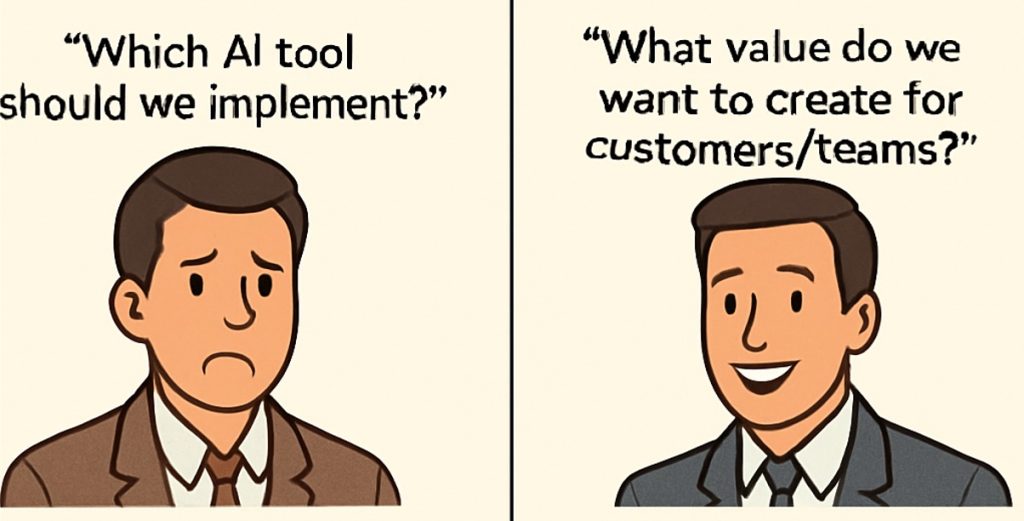Distributed teams are a norm in today’s world and it is also beneficial from business perspective. Ideally Agile is imagined to be clustered teams, physically in one location. For many distributed teams, it’s difficult to adopt the Agile practice of face-to-face interactions because of which, usually Agile coaches recommend creating collocated teams at one physical location.
Distributed organizations face challenges that don’t appear when everybody is collocated and it is listed below.
- Coordinating across time zones
- Building rapport when everyone is not in the same office
- Collaborating among different development cultures
- Scheduling meetings or informal conversations when both teams are online at the same time for only a few hours (or less)
However, it might not be possible in real life to have a collocated team and we need to find some ways to overcome those challenges. Here are 3 things that I had tried which you could get started with but it is simple but it might not be easy as it sounds.
- Turn the Camera on: As simple as it sounds, most of us switch off the camera when we are in a video conference. It could be due to many reasons as simple as eating food during the call or not being dressed appropriately but having camera on really helps.
- When delving into sensitive topics on teams that generate conflict, it’s way less harsh if you can just look at each other. Even on the computer.
- It allows us an easy banter and collaboration between each other. For ex, when we are sitting in an office decorated with Diyas or balloons and it would establish a moment of connection that we would have never had.
- People are different: If you are in any ceremonies, most of us would have noticed that some people talk, dominate the discussion and some people absorb the discussion without talking. If you are facilitator or even as a team member, you need to be aware of the different levels of openness in my group and learn to respect them. It’s OK. There are lot of elements in play here, could be culture of the country or the organization or it could be their personality. Being aware of the differences is a very good start for each team member and accepting it.
- Use Silence sparingly: When facilitating any ceremonies in person, giving the team time to write down topics on stickies is such a helpful part of the event. However, in distributed teams using an online tool or on the phone is common but it gives chance to people can check mail, instant message colleagues, or walk away and do a number of other unrelated activities. As a facilitator, you could comment on the things that are posted or nudge them during the conversation or ask the team to clarify the ideas etc.
Hope some of these tips help you in overcoming some of the challenges that you see in your day to day distributed Agile implementation. If there are any tricks that you have been doing, please share with us and we would happy to learn and share with larger community.





